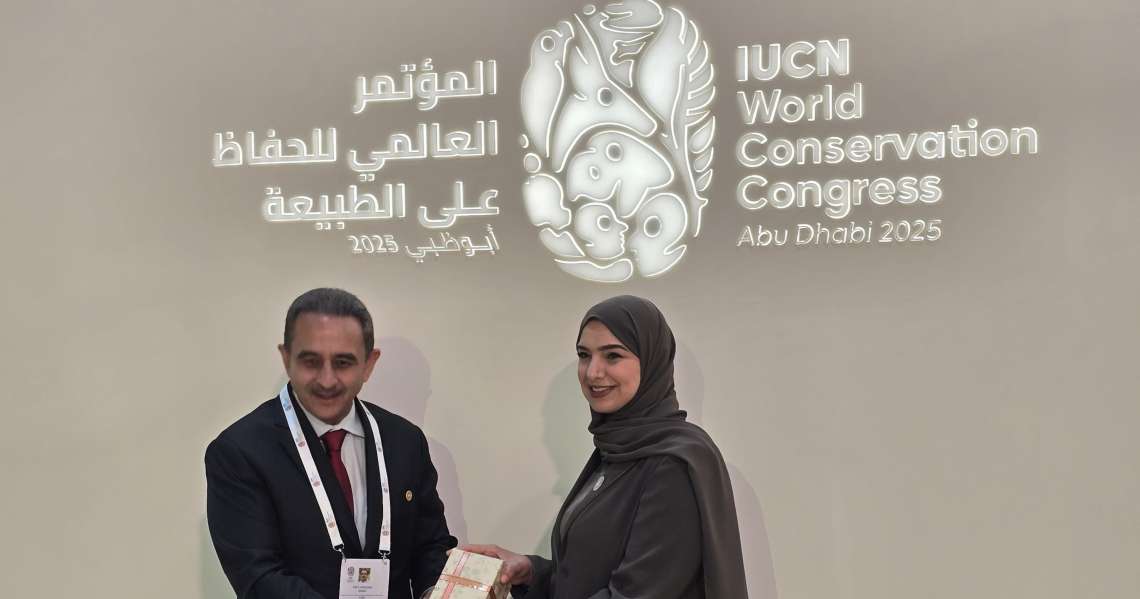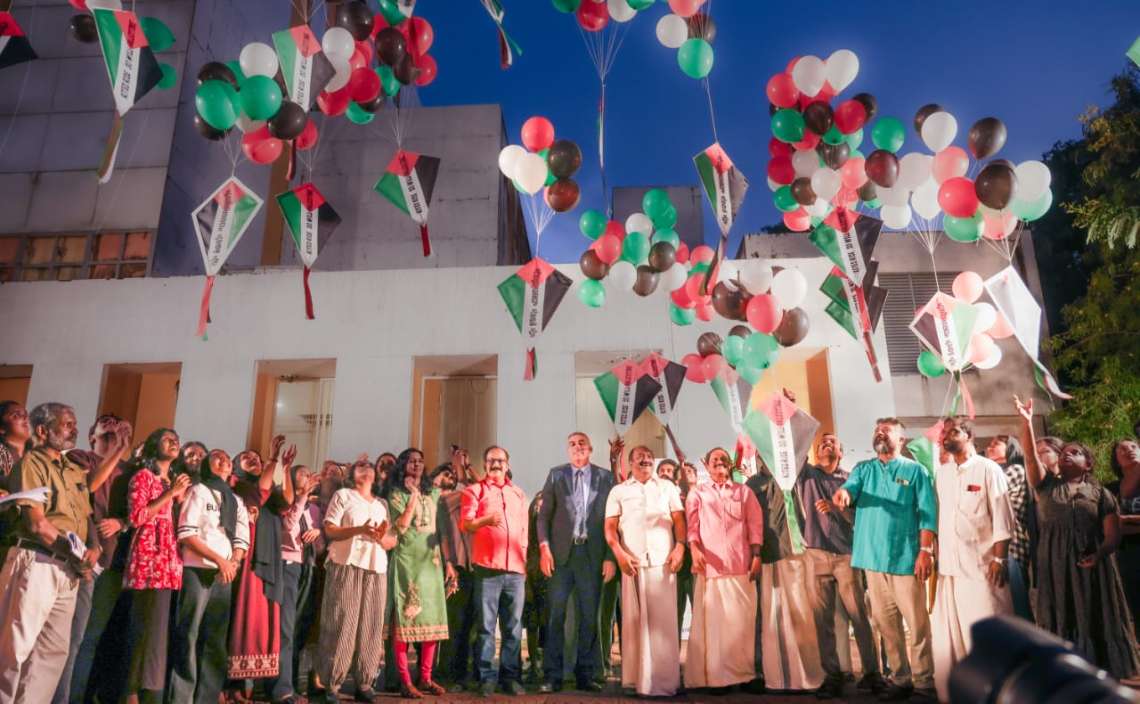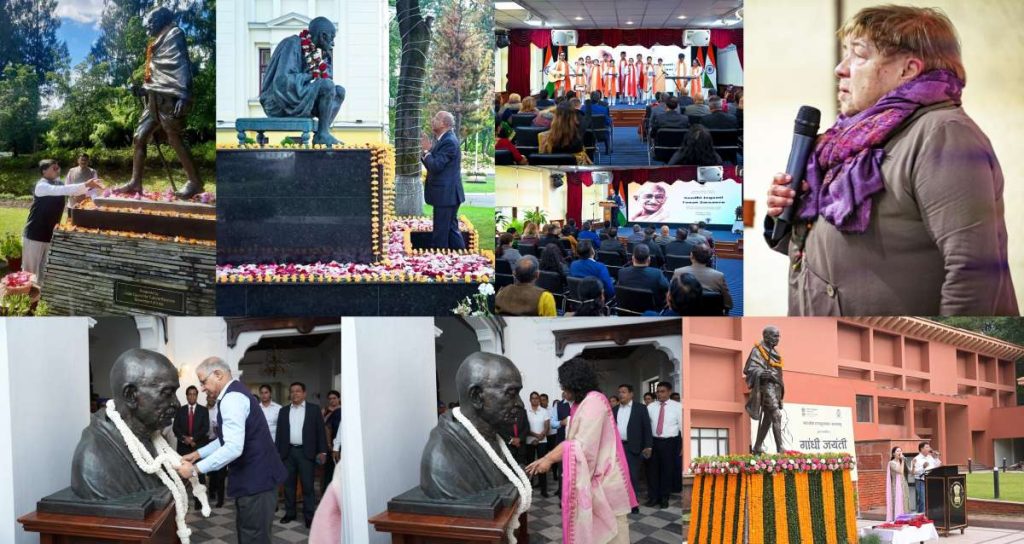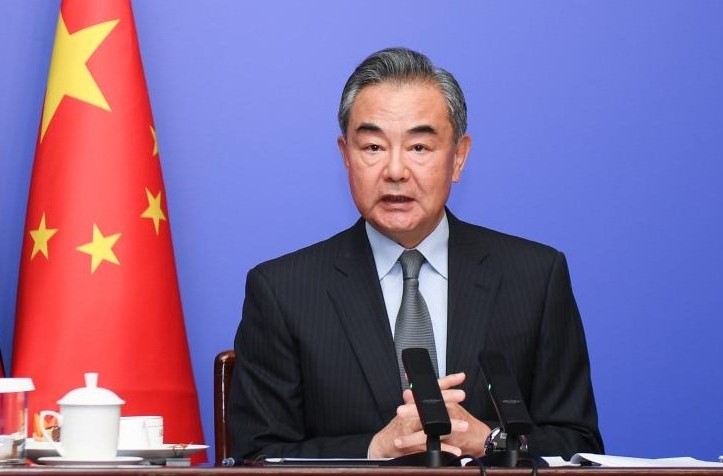IMD had in its pre-monsoon forecast predicted rainfall across the country to be above normal, at 106 per cent of the long period average….reports Asian Lite News
Southwest monsoon rains in India hit four years high this season, experiencing about 108 per cent of the long period average at 934.8 mm, data made available by state-run weather bureau India Meteorological Department showed. A rainfall of 868.6 mm is the long period average in India.
IMD had in its pre-monsoon forecast predicted rainfall across the country to be above normal, at 106 per cent of the long period average.
Above-normal monsoon rains helped farmers sow more crops this Kharif season and it bodes well for the overall agriculture sector, which is the mainstay source of livelihoods for millions of Indians. Above normal monsoon rains are likely to improve gross value added (GVA) in the agriculture sector.
Bank of Baroda in a report said that the above normal rainfall not just benefitted Kharif, but upcoming Rabi sowing is also expected to do well.
Traditionally, Indian agriculture, especially the Kharif season, is heavily reliant on monsoon rainfall. However, with the spread of irrigation facilities in the country, the dependency of Kharif output on monsoon rainfall is gradually declining.
Coming back to this year’s monsoon, rainfalls over Northwest India, Central India, South Peninsula and Northeast India were at 107 per cent, 119 per cent, 114 per cent and 86 per cent of their respective long period average.
Out of the total 36 meteorological subdivisions, two subdivisions received large excess rainfall (9 per cent of the total area of the country), 10 subdivisions constituting 26 per cent of the total area received excess, 21 subdivisions received normal rainfall (54 per cent of the total area) and 3 subdivisions (Arunachal Pradesh, Punjab, J-K and Ladakh) constituting 11 per cent of the total area) received deficient rainfall.
The monsoon rains started in June on a weaker note, registering 89 per cent of the long period average that month. Since July, it started to pick up. In July, August, and September, the rainfall was 109 per cent, 115 per cent, and 112 per cent of the long period average, respectively, IMD data showed.
This year, the Southwest monsoon current advanced over the south Andaman Sea and Nicobar Islands on time (May 19, 2024, nearly two days before the normal date). It set in over Kerala on May 30, 2024 against the usual normal date of June 1 and covered the entire country on July 2, 2024 against its normal date of July 8.
The forecast for monsoon onset over Kerala for this year was correct, which is the nineteenth consecutive correct forecast for this event except year 2015 since the commencement of this forecast in 2005, IMD asserted.
The withdrawal of monsoon commenced from west Rajasthan on September 23, with a delay of 6 days from its usual date of September 17.
KHARIF CROPS SOWING:
India’s Kharif crop sowing has been quite robust this season, with farmers planting crops across 1,108.57 lakh hectares so far, compared to 1,088.25 lakh hectares same period last year, marking a 1.9 per cent year-on-year increase, agricultural ministry data showed.
This surpasses the average area under cultivation (or normal area of 1,096 lakh hectares) for the period from 2018-19 to 2022-23.
India has three cropping seasons: Summer, Kharif, and Rabi. Kharif crops, sown during June-July and dependent on monsoon rains, are harvested in October-November. Rabi crops, sown in October-November, are harvested from January, depending on their maturity. Summer crops are produced between the Rabi and Kharif seasons.
Commodity-wise, the sowing of paddy, pulses, oilseeds, millets, and sugarcane has increased year-on-year, while sowing for cotton and jute/mesta continue to remain lower.
As paddy farmers brought 2.5 per cent more area under coverage, the government which had put several restrictions on exports of rice, has eased some of the barriers. The government removed minimum export price on basmati rice, allowed export of non-basmati white rice but subject to a minimum export price of USD 490 per tonne, and it halved export duty on parboiled rice to 10 per cent, among others.
Data showed that within the pulse basket, aside from urad bean, crops such as arhar, moong, kulthi, and moth bean have seen positive growth.
India is a major consumer and producer of pulses, supplementing its domestic consumption with imports. The primary pulses consumed in India include chana, masur, urad, kabuli chana, and tur. The government has been strongly promoting the cultivation of pulses, and increasingly procuring them at Minimum Support Price.
Rahul Chauhan, Director of IGrain India, a leading agri commodity research firm, said that some kharif crops got damaged due to excessive rains, especially in Bundelkhand region. But he is of the view that the excessive monsoon rains will benefit Rabi sowing. (ANI)













